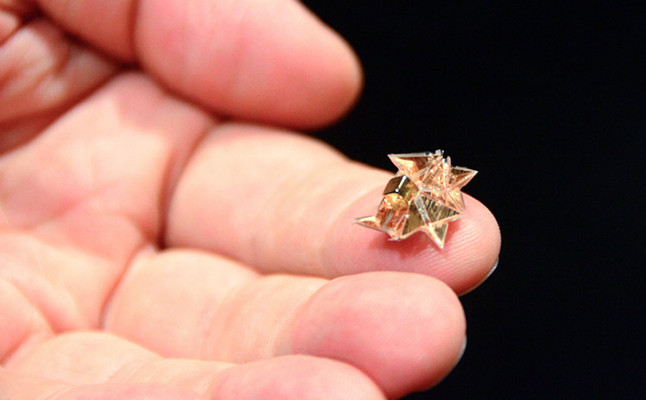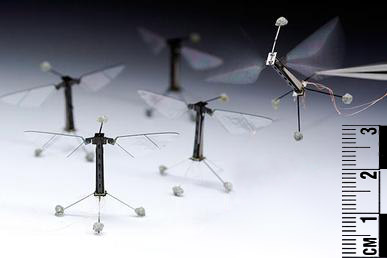One Micro Bot, One Macro Revolution
Abstract
History and Inspiration
Like most other technology, the science of microbotics is inspired by nature. It was only after the revolutionary discovery of microorganisms that we could even fathom the extent to which systems could function at a microscopic scale. The movement of tiny hair-like organelles called cilia and flagella attached to the cell surface has become the reason for the inspiration behind various microbotic innovations that dominate today’s world.
 The idea of microbots came up way back in the 1960s-1970s with raw research being conducted by the U.S. intelligence and imaginative theories being presented in science-fiction cinema. However, the earliest concepts of building them were properly initiated after advancements in microelectromechanical systems (MEMS) when technologies such as microcontrollers and miniature mechanical systems were being tested.
The idea of microbots came up way back in the 1960s-1970s with raw research being conducted by the U.S. intelligence and imaginative theories being presented in science-fiction cinema. However, the earliest concepts of building them were properly initiated after advancements in microelectromechanical systems (MEMS) when technologies such as microcontrollers and miniature mechanical systems were being tested.
Applications
Microbotics has since been researched extensively and its applications have widened over the years. Its emergence has made significant impacts in medical, cleaning and rehabilitation robots. In the field of targeted medicine, microbots are used to travel through pathways of the body and receive real-time feedback from inside the body while being operated externally. Within the field of medicine, microbots are also used for drug delivery to specified parts of the body. Applications of microbotics also extend to high-precision operations that can be controlled by robots. Building of nanomaterials with accurate measurements can be achieved using microbots.
Wide Field of Microbotics
For the sake of definitions, one would refer to microbotics as the science of miniature robots of dimensions less than a millimeter. But the field of microbotics extends to the topics of micromanipulation as well as microfabrication. Micromanipulation refers to the robotic manipulation of objects in the dimensional range of one millimeter to one micrometer. Meanwhile, microfabrication is the design and fabrication of robotic agents of a size within the same range.
Challenges
The evolution of microbotics hasn’t been an easy journey. As one scales down to microbotics, there arises the challenge of scaling physical effects too. While the microscopic world works on the same laws of physics as the visual macroscopic world does, the relative importance of laws related to electrostatic forces and fluid mechanics creates issues. Traditional fabrication methods fail miserably when it comes to building microbots. Taking into consideration the changes caused by scaling physical effects, designing microbots has to be tackled with new technologies. Moreover, there is the other obstacle of a consistent and ample power supply for a robot of miniscule dimensions. Conventionally, miniature copies of existing power supplies such as lightweight battery sources (coin cells) are used to power the bots. Other technology such as absorbing mechanical energy from the environment to power the bot has also been innovated. This still poses to be the greatest challenge of the field and research is continued for feasible power generation for microbots.
Innovation
The field of microbotics has evolved with many successful innovations, the most prominent one being microbot swarms. A bio-inspired swarm algorithm called the BEECLUST algorithm was extracted from the collective behavior of honeybees and tested on swarms of autonomous robots. One popular example of a microbot swarm is the RoboBees. Developed by Harvard, this swarm of microbotic “bees” have the ability to traverse land, air and water. To save power for longer flights, these RoboBees have been designed to perch on surfaces using static electricity.
 Also inspired from nature is Harvard’s Ambulatory Microbot, also fondly called HAMR. Inspired by one of the most invincible species of the earth- the cockroach, HAMR is a microbot that can perform operations like jumping, carrying miniature items about twice its weight and traveling with a speed of about 19 inches per second.
Also inspired from nature is Harvard’s Ambulatory Microbot, also fondly called HAMR. Inspired by one of the most invincible species of the earth- the cockroach, HAMR is a microbot that can perform operations like jumping, carrying miniature items about twice its weight and traveling with a speed of about 19 inches per second.

Resources
- Microbotics - Wikipedia
- All about Microbotics
- Swarm Robotics
- Innovative Microbot Inventions
